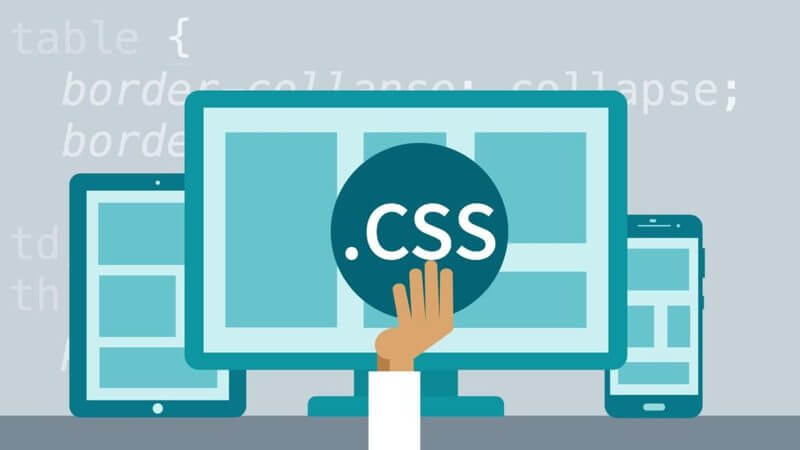CSS provides you with a simple and easy way of controlling the style of your web document. CSS is one of the pillars of web development in the modern-day. In this article, we will be providing you with a short tutorial about the basics of CSS. If you are new to web development, you should definitely go through this article to learn more about CSS. Before using any programming language, it is very important to know the basics. So, let us discuss the basics of CSS Tutorial Why learn CSS in detail.

Why do we need to learn CSS?
Cascading style sheets CSS is a language for designing and making a webpage more presentable. If you are a beginner or a professional in the domain of web development, it is for now CSS. Some of the key reasons that you should learn and use this language are:
- Make Websites Stunning:
It can be said that CSS is responsible for how a web page looks and feels. Using CSS, you can control a variety of effects that can be seen on a web page. These effects are the color of the text, are spacing between the paragraphs, style of fonts, column size, background images of colors, and so on. All these factors make it look good if managed properly.
- Web designing:
If you want to become a professional in web designing then HTML and CSS are the most basic skills to learn. With CSS, you will be able to design more impactful websites. There are many other programming languages for this purpose but CSS is the easiest to learn and to implement.
- Controlling the web:
Although CSS is very easy to learn and understand, it provides you with very powerful control over the presentation of your website. Most commonly, CSS is combined with HTML which makes it more powerful. HTML and CSS are the two things that you need before you can successfully call yourself a web developer. Although sites can be made purely based on HTML, using CSS gives them an extra edge.
- Moving on to other languages:
After you have successfully got a grasp on the basics of HTML and CSS, you can implement other technologies in your website such as PHP, JavaScript, angular or any other related technology.
Anatomy of a CSS Rule set:
The whole structure of a block of code in CSS is known as a ruleset. A ruleset can be divided into individual parts such as:
- Selector: The HTML name which we find at the start of a rule set is known as the selector. The selector is used for selecting the element that we want to style. If we want to style some element other than the one that is selected, we need to change the selector.
- Declaration: The declaration is a single rule which specifies the properties of the element you want to style.
- Properties: Properties are referred to as the ways in which an HTML element can be styled. You can choose any property to change the property of the HTML element.
- Property value: After writing the property, you put the property value. This is responsible for choosing one of the many appearances that we have for a particular value.
Selecting Multiple Elements:
It is possible for you to select multiple elements and a single ruleset can be applied to all of them. This can be done by separating the selectors by commas.
Types of Selectors:
There are various types of selectors that you can use. We can take the example of the element selector. This selector selects all the elements of a particular type that is mentioned. But there is a way to make more specific selections as well.In the following list, you will find various other selectors that are commonly used:
- Element selector: All the HTML elements of a specified type of selected.
- ID selector: The element on the web page with a specific ID gets selected.
- Class selector: All the elements on the page that have the specified class are selected.
- Attribute selector: All the elements in the page with the specified attributes are selected.
- Pseudo class selector: The specified elements are selected only when they are in a specified state. it
Boxes in CSS:
Studying CSS Tutorial, you are bound to notice that a major portion of it is about boxes. These boxes include things such as setting size, position, and color. If you visualize, all the HTML elements that you use in your page can be thought of as different boxes sitting on top of each other. The model of CSS is a box model. For example, every box that exists on your page has the properties like:
- Padding: It is the space around the content on your page.
- Border: It is the solid line that covers the border.
- Margin: It is the space that is present outside the border.

CONCLUSION:
In this article, we discuss the basics of CSS. We hope that after reading this article you are able to implement a simple element in your HTML document. As we have already said, understanding and implementing CSS is simple. Once you have understood the basics and are confident in yourself, you can move on with more advanced techniques of CSS Tutorial. The more you practice, the better you would be able to implement and the website you create would look like that of a professional. CSS separates the content part of a web page from the design part which helps the web developer to focus more.